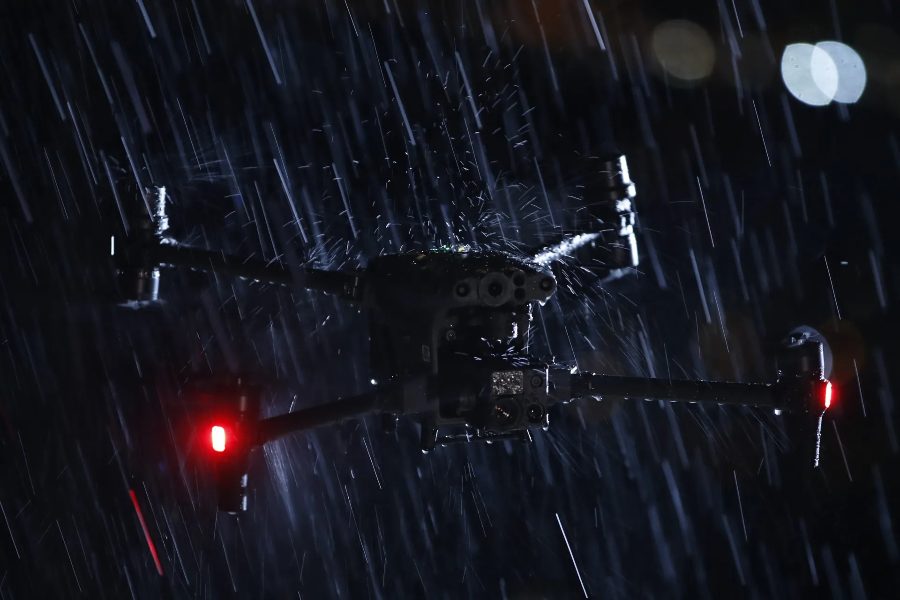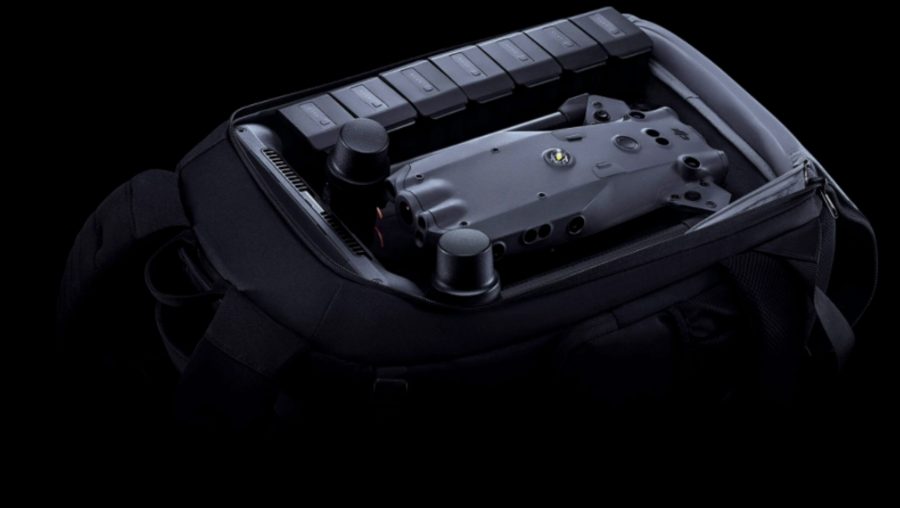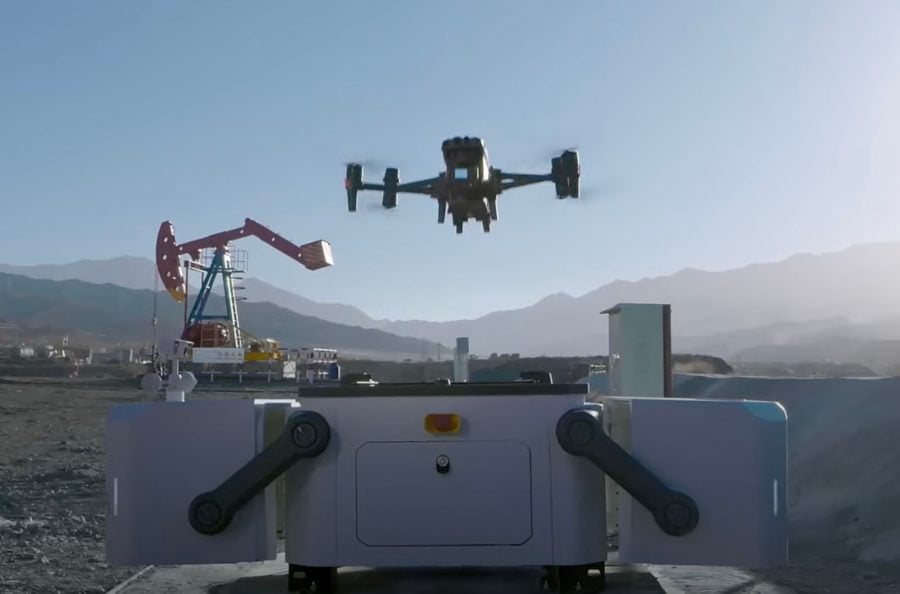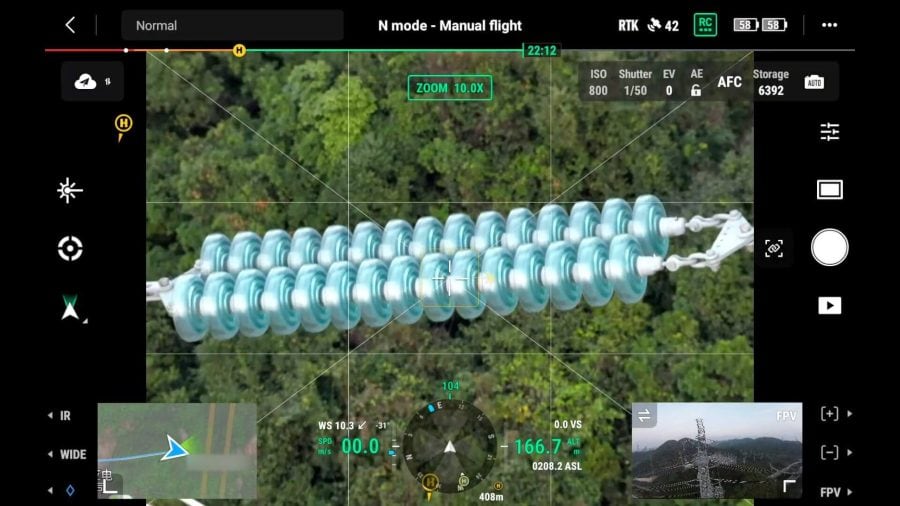DJI Launches the Matrice 30 and the DJI Dock—First Drone-in-a-Box from Giant Drone Maker
BY Zacc Dukowitz
21 March 2022More and more, the drone industry is trending toward full solutions rather than stand alone products.
By full solutions we mean not just providing a drone for a certain type of job, but also providing the software and any other related items that might be needed to get a job done.
For example, in mining, allowing customers to buy a Matrice 300 with a LiDAR sensor, along with the software they’ll need to create 3D models from the data the sensor collects.
Today’s product launch from DJI is a clear sign that the full solution trend isn’t going anywhere.
Here is what DJI launched this morning:
- The Matrice 30—a rugged new enterprise drone added to the Matrice line.
- The DJI Dock—a new docking station for the M30 to make it an autonomous drone-in-a-box solution.
- FlightHub 2—an all-in-one cloud-based drone ops management platform.
Taken together, these three products combine to create a full solution for first responders, inspectors, and a variety of other jobs done by commercial drone pilots.
Watch this video for an overview of these three new DJI products and keep reading to learn more about the Matrice 30, the DJI Dock, and FlightHub 2.
The Matrice 30
A standout feature of the Matrice 30 is just how rugged it is. Although the Matrice 300 is tough, you wouldn’t want to fly it in a heavy rain—not so with the M30.


Credit: DJI
According to DJI, its newest enterprise drone can be flown in “heavy rain, high winds, high altitudes, even in icy and snowy conditions from -4° F to 122° F.”
The M30 comes with self-locking arms that snap into place and can fold with the push of a button, and it’s also quite portable—it can fit into a small rolling case or even into a bigger backpack.
It also comes with a new remote control called the RC Plus. (A few weeks ago we reported on a rumor that this remote could be meant for a forthcoming Agras T40 and the Agras T20P, but it looks like that information was incorrect).
Here are the standout specs and features for the Matrice 30:
- Flight time. 41 minutes.
- Weight. 8.2 pounds.
- Cameras. Wide and zoom cameras on the M30; wide, zoom, and thermal cameras on the M30T (see below for camera details).
- IP rating. IP55 rating for dust and water protection (the M300 has an IP45 rating).
- Wind resistance. 49 feet/second (15 meters/second).
- Max speed. 75 feet/second (23 meters/second).
- Safety features. Dual-vision and ToF sensors on all six sides of the drone + a three-propeller emergency landing feature (the M300 RTK also has this feature).
- Transmission. OcuSync 3 Enterprise with triple-channel 1080p video transmission and seamless swapping between input feeds.
How Much Does the M30 Cost?
The Matrice 30 starts at $10,000—the same price as the M300 RTK—and the Matrice 30T costs $14,000.
Keep reading to learn more about each model.


Credit: DJI
Two Models for the Matrice 30
The M30 comes in two models—the M30 and the M30T.
The only difference between the two models is that the M30T has a thermal camera (in addition to everything the M30 has).
The M30
The M30 model has a wide-angle camera, a zoom camera, and a laser rangefinder that helps you determine the precise coordinates of objects located up to almost almost three quarters of a mile away.
Wide-angle camera specs:
- Equivalent focal length: 24 mm, DFOV: 84°
- 12 MP 1/2” CMOS Sensor
- Video resolution: 4K/30fps
Zoom camera specs:
- 48 MP 1/2” CMOS sensor
- 5x-16x optical zoom
- 200x max hybrid zoom
- Photo resolution: 8K
- Video resolution: 4K/30fps
Laser rangefinder specs:
- Range: 3 m – 1200 m
- Accuracy: ±(0.2m+D×0.15%)5
The M30T
The M30T has everything the M30 has, plus a thermal camera.


Credit: DJI
Thermal camera specs:
- Equivalent focal length: 40 mm
- Resolution: 640×512
- Frame rate: 30fps
- Measurement accuracy: ±2°C or ±2%4
The DJI Dock
With the launch of the DJI Dock, DJI has entered the drone-in-a-box market.
A drone-in-a-box is an autonomous drone that sits in a charging station–commonly called a dock or a nest—from which it can be deployed as needed for autonomous missions. When it’s done with a mission, the drone returns to the dock to offload the data it’s collected and recharge.


Credit: DJI
Here’s what comes with the DJI Dock:
- A built-in weather station.
- Surveillance cameras.
- Antennas.
- 25-minute automatic fast battery charging.
- Ability to operate in -35℃ to 50℃ Operating Temperature.
- A reach of up to 4.3 miles (7 kilometers).
To work, the DJI Dock requires an internet connection and a power source (though there is an internal battery for power outages).
Note: Use of the DJI Dock in the U.S. for autonomous missions requires special permission from the FAA, since such flights would require autonomous BVLOS (Beyond Visual Line of Sight) operations.
The DJI Dock will be available starting in Q4 of this year.
Learn more about the DJI Dock.
FlightHub 2
Along with the M30 and the DJI Dock, DJI has also launched FlightHub 2, which is software for managing drone operations.


Credit: DJI
Here are some of the standout features of FlightHub 2:
- 2.5D base map—integrate elevation data with satellite maps.
- One-top panorama sync—create a 360 overview and upload to the cloud with a single tap.
- Cloud mapping—create RGB or infrared orthomosaics with a single flight.
- Live streaming—connect multiple users to one or many drone operations at the same time.
- Live annotations—highlight objects or areas of interest for efficient mission management.
More on FlightHub 2 in DJI’s words:
FlightHub 2 will be available starting in October of this year for DJI’s enterprise drones, but you can try the beta version here.
Learn more about DJI’s FlightHub 2.
Want to learn more about the Matrice 30, DJI Dock, and FlightHub 2? Watch the full launch video here:


Watch this video on YouTube


